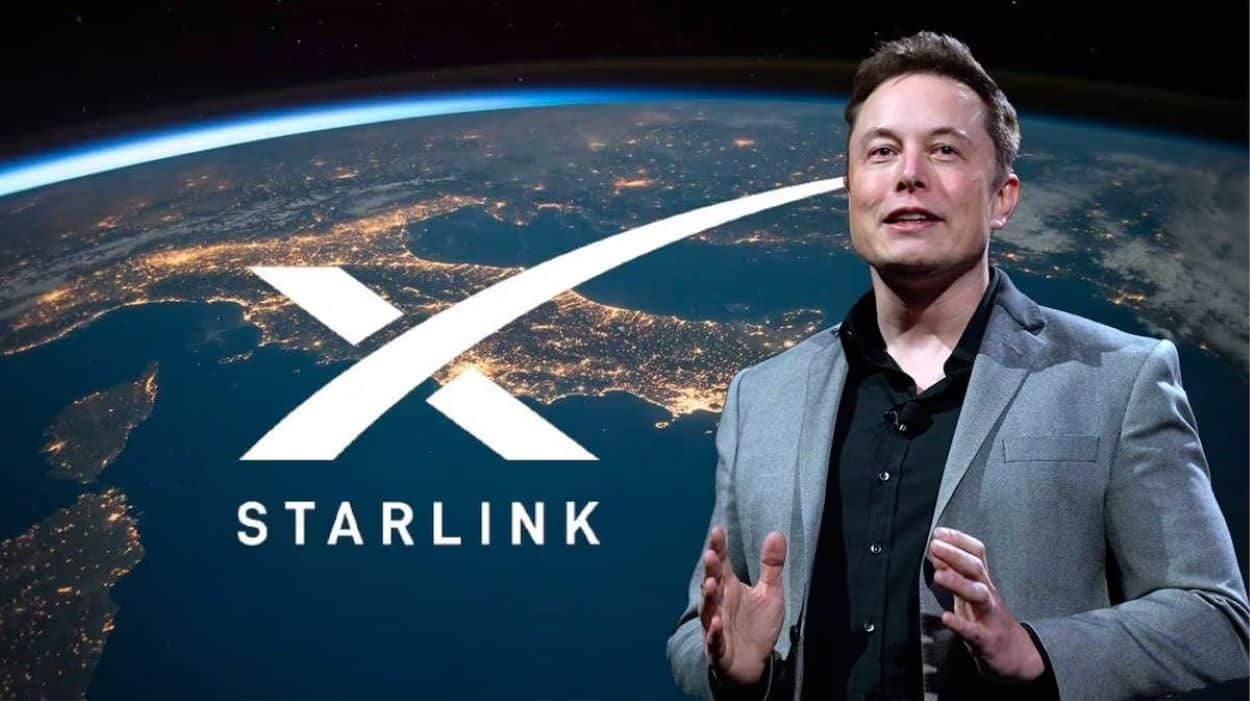Elon Musk has asserted his leadership in space, controlling nearly two-thirds of all active satellites.
Following the deployment of SpaceX’s 7,000th Starlink satellite, the total stands at 6,370. Starlink has been rapidly expanding, launching an average of three satellites daily since 2019.
Data from CelesTrak, a non-profit satellite tracker, shows that SpaceX commands over 62 per cent of the world’s operational satellites. This figure is nearly ten times higher than OneWeb, its nearest competitor. After the Russian invasion of Ukraine, OneWeb, based in the UK, had to halt launches with Russia’s Soyuz and relied on SpaceX instead.
The Starlink network, which provides global high-speed internet and phone services, is active in 102 countries and serves three million users. SpaceX’s ambitious plan includes launching up to 42,000 satellites to broaden coverage further. However, Afghanistan, China, Iran, North Korea, Russia, and Syria are excluded due to trade embargoes and internet restrictions. Despite this, there have been reports of Starlink equipment illegally entering Iran.
Musk recently underscored his influence, tweeting about Starlink’s significant presence among Earth’s satellites. This dominance raises concerns about his considerable impact across Starlink, Tesla, and X (formerly Twitter).
Musk has noted the unique insight he gains from his companies, stating, “Between Tesla, Starlink, and Twitter, I may have more real-time global economic data in one head than anyone ever.”
However, Starlink has faced regulatory challenges. Last week, Brazilian lawmakers banned the X platform, and although Starlink initially made the app available, it later adhered to the ban.
Read: Starlink Complies with Brazil Court Order to Block Social Media Platform X






